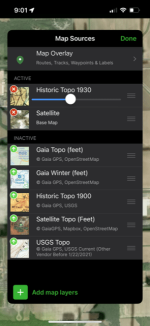Critik
Jr. Member
- Apr 25, 2017
- 59
- 79
- Detector(s) used
- Garret AT Pro/Bounty Hunter Tracker IV/Fisher 1225x
- Primary Interest:
- All Treasure Hunting
- Thread starter
- #21
Also guys I went detecting here and it’s if littered with so much trash. I am using a Nox 800 and I couldn’t even move a foot without getting. 15 or 16 hit I usually dig those but it was over whelming amount of digging







